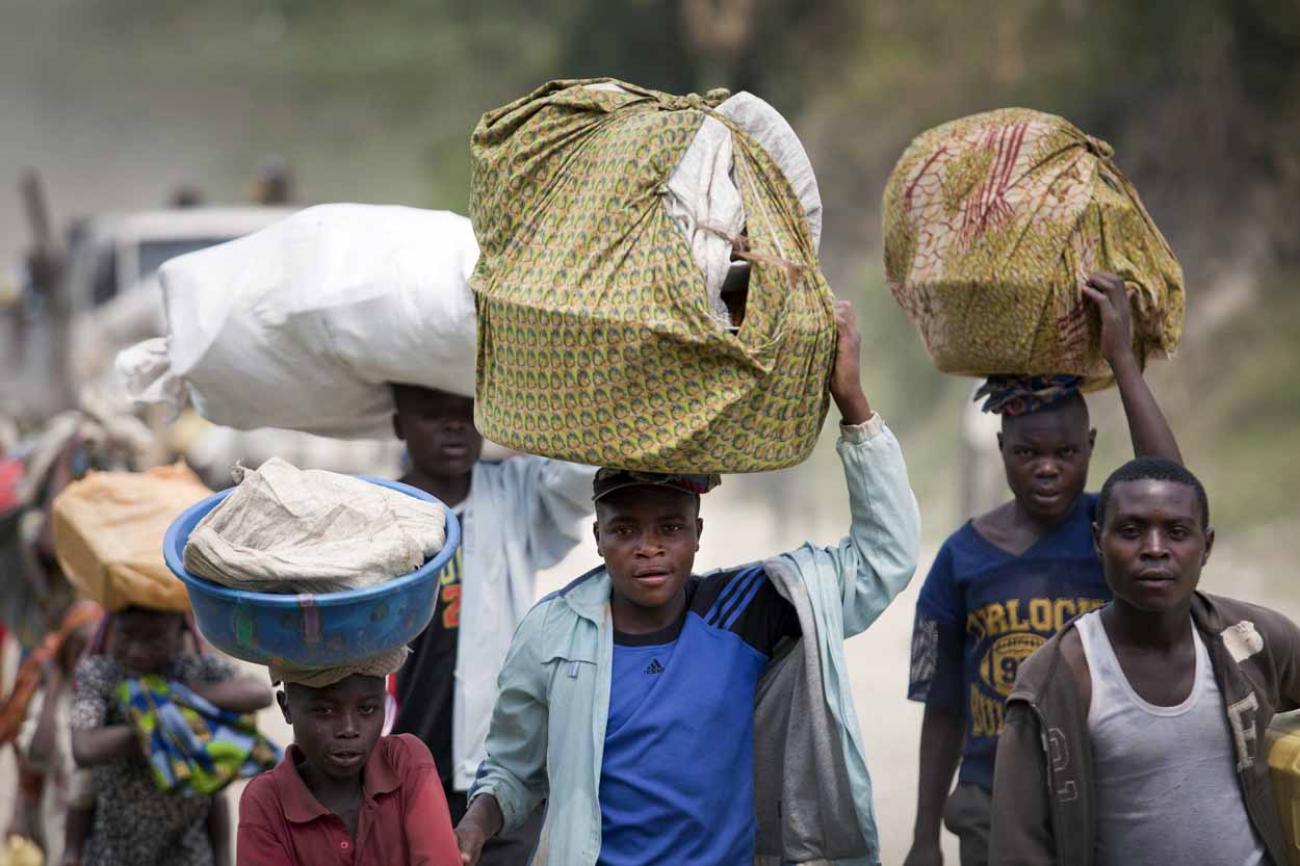The stories behind the numbers in Kivu

Results, results, results. The age old monitoring and evaluation question: how do you [actually] draw a connection between transformational changes in the lives of people and the development projects that aim to help them?
The hard part is that the traditional monitoring approach does not focus on measuring outcome indicators, a weakness corrected by a new monitoring method: SenseMaker Narrative Capture. This initiative focuses on transformational changes, and uses qualitative and quantitative methods and collects narratives shared by the beneficiary populations.
As head of the Monitoring and Evaluation unit in the UNDP Democratic Republic of Congo country office, I led the implementation of this new monitoring and evaluation approach in South Kivu. Overall, the project was designed to to support the stabilization of the South Kivu region, which has been part of a conflict since 1994 among several actors looking to expand their territories in the Great Lakes Region.
Overall we believe that strengthening community management of conflict resolution and social infrastructure will help reduce potential sources of tension, which will help displaced and refugee populations return and reintegration process.
Monitoring change with a participatory approach
Generally, we were interested to learn about the changes in the life of communities involved in this joint programme developed by UNDP, UNICEF and FAO and particularly, we wanted to capture people’s experiences and feelings around the Kivu conflict, peace-keeping efforts surrounding the conflict, and the reintegration experiences of displaced individuals.
For this purpose, we approached different organizations and community leaders involved in the peace process following the conflict in the region. Our idea was to seek for their support designing monitoring tools and instruments we were planning to use and, because they took part in this first phase of the process, the tools obtained added value to the project. This participatory approach ensured that the content of the tools and questionnaires was well aligned with the reality in the field. This reality check empowered us to move to the most challenging part of the process, the data collection.
Capturing the stories behind the data
During the the data collection process, more than a thousand community members shared with us their story about the conflict, the stabilization and the peace process.
On this process of capturing the stories, what mostly amazed us, beyond their content, was the storytellers’ feedback:
“By sharing this story I realize how was my life before, during and after the conflict, I realize how bad a conflict can be, why it is important to live as a community, to bring our children up with a new mindset. I realize how the different actors: the local authority, the church, the national army, the self-defense groups were interacting to either maintain crisis situation or to improve the situation of the communities”.
Some of the participants also shared their positive feedback on the way the data collection was done:
“The way you designed the questionnaire without asking me to share my opinion but to tell my story was fantastic. I used to give my opinion for surveys conducted by other organizations but I was never able to look back on the conflict and all the horror, the death, the tears, the food insecurity that we had to face everyday.”
Through this methodology, we realized that assessing the situation helps the storytellers focus not only on their opinion but also on their past experience. That is why we believe that Sense@Maker is an interesting and relevant addition to the M&E exercise as it is a realistic tool based on the commitment and strong participation from the beneficiaries and we plan to use it to influence future programme design and implementation.
Among the findings, one pointed out that education is a top concern for the communities. According to the results, communities find education a key component to promote skills, knowledge and new employment opportunities. So we are currently studying how education can be used to achieve a deeper impact in shaping attitudes towards conflict resolution and expanding access to social services. We will keep you in the loop!













